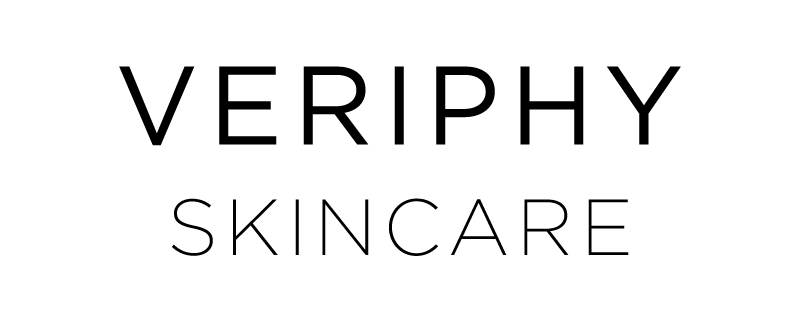
Why We Need More Women in STEM
If you’re a woman who studied a science, technology, engineering, or math (STEM) program, you’re probably familiar with the feeling of being one of only a few women in the room. In fact, according to a recent Statistics Canada study, only 15.8% of first-year computer and information science students are women, with similar proportions in engineering (18.7%) and physical and chemical sciences (32.3%).
What’s even more distressing is that these statistics have hardly changed in the last decade - In 2016, 36% of 30-year-olds holding a bachelor’s degree in a STEM program were women, compared to 37% of 40-year-olds. Clearly, there is not only an underrepresentation of women in STEM but a lack of progress towards equality. In appreciation of International Day of Women and Girls in Science on February 11th, we’re taking a closer look at the challenges facing women in STEM today and what we can do to change things.
Why aren’t there more women in STEM? There isn’t one sole reason, but rather a contribution from numerous factors such as gender stereotypes, a lack of female role models in STEM positions, a lack of interest in STEM fields, and a lack of confidence in females who are interested – Recent studies have shown that even women who strongly self-identified with math and science were less likely than men to pursue a STEM field of study and that women in STEM tend to have lower confidence in their academic abilities compared to men of equal ability.
It turns out that there isn’t one single point in career progression where women decide not to pursue a STEM career either. The proportion of women in STEM decreases from high school to undergraduate studies, to graduate studies, to the workforce. This means that hurdles women in STEM face persist throughout their entire career. One of the most common reasons why women don’t complete STEM degrees is a loss of interest in the curriculum, which studies have linked to feelings of isolation or feeling out of place in class, and women not seeing themselves as “scientists.”
A lower percentage of women in STEM programs find STEM jobs after graduation as well. In 2006, it was found that only 27.6% of female STEM graduates were employed in a STEM position, compared to 46.7% of male STEM graduates. In 2016 these numbers had dropped to even lower percentages, decreasing 17.4% for women, and 11.5% for men.
Why do we need more women in STEM? Having a diversified staff is not only a matter of gender equality but of economic importance. STEM jobs are among the highest paying and fastest-growing.
Fewer women in these fields mean they are missing out on these opportunities. This also contributes to the gender wage gap. The demand for STEM-educated workers is expected to increase in the coming years, and increasing the number of women who study STEM fields will help to meet this demand. As well, having a diversified staff is commonly seen as one of the key contributors to innovation - a quality that we can all benefit from.
The underrepresentation of women in STEM is something we want to see change. As a company founded and led by women in STEM, we are dedicated to promoting and advocating for other women pursuing these important fields. To bridge this gap, we can start by bringing attention to this often overlooked issue and offer support and encouragement to each other. The Veriphy Skincare Award is a scholarship we created with the University of Guelph to help young women entering an undergraduate STEM program.
We also highlight women in STEM stories on our website (check them out here) and our social media pages.
You can help too! By encouraging young women with an interest in math and science to pursue these fields, and continuing to support them throughout their academic studies and careers, we can start to improve these stagnant statistics.
Women have brilliant ideas and offer a unique perspective that we’re currently missing out on. The world needs more women in STEM!
For more information about the studies mentioned in this post, check out the links to these reports from Statistics Canada (2019):
https://www150.statcan.gc.ca/n1/pub/75-006-x/2019001/article/00006-eng.htm
https://www150.statcan.gc.ca/n1/pub/11f0019m/11f0019m2019017-eng.htm



